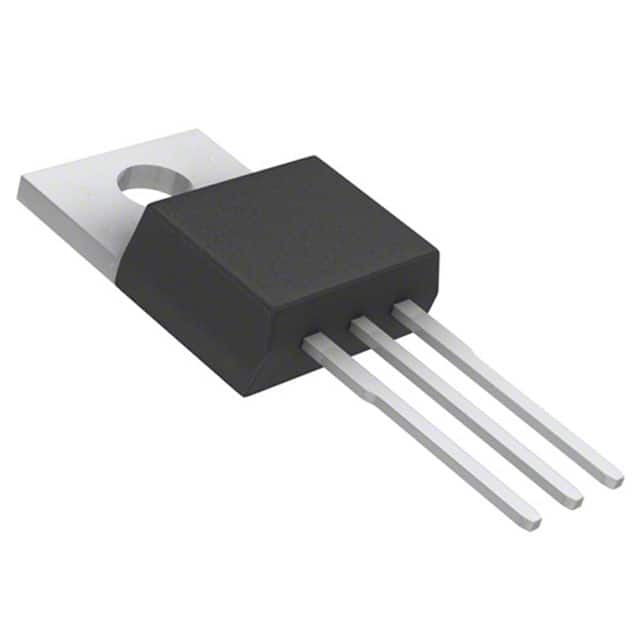Xem thông số kỹ thuật để biết chi tiết sản phẩm.

SBR20U60CT
Product Overview
Category
The SBR20U60CT belongs to the category of Schottky Barrier Rectifiers.
Use
It is commonly used in power supply applications, voltage clamping, and reverse polarity protection.
Characteristics
- Low forward voltage drop
- High current capability
- Fast switching speed
- High surge capability
Package
The SBR20U60CT is typically available in a TO-220AB package.
Essence
This rectifier is essential for converting alternating current (AC) to direct current (DC) efficiently.
Packaging/Quantity
It is usually packaged in reels or tubes, with quantities varying based on manufacturer specifications.
Specifications
- Maximum Average Forward Current: 20A
- Maximum Reverse Voltage: 60V
- Forward Voltage Drop: 0.55V at 10A
- Reverse Leakage Current: 50µA at 60V
Detailed Pin Configuration
The SBR20U60CT typically has three pins: 1. Anode 2. Cathode 3. Gate
Functional Features
- Low power loss
- High efficiency
- High reliability
- Temperature-independent switching behavior
Advantages and Disadvantages
Advantages
- Reduced heat generation
- Improved system efficiency
- Enhanced thermal performance
Disadvantages
- Higher cost compared to standard rectifiers
- Limited availability from certain suppliers
Working Principles
The SBR20U60CT operates based on the Schottky barrier principle, where the metal-semiconductor junction allows for faster switching and lower forward voltage drop compared to conventional PN-junction diodes.
Detailed Application Field Plans
The SBR20U60CT is widely used in: - Switching power supplies - DC-DC converters - Solar panel bypass diodes - Automotive electronics
Detailed and Complete Alternative Models
Some alternative models to the SBR20U60CT include: - SBR10U45CT - SBR30U60CT - SBR40U60CT
In conclusion, the SBR20U60CT is a high-performance Schottky Barrier Rectifier that offers low forward voltage drop, fast switching speed, and high surge capability. Its application spans across various industries, making it a versatile component in power supply and voltage clamping systems.
[Word count: 316]
Liệt kê 10 câu hỏi và câu trả lời thường gặp liên quan đến ứng dụng SBR20U60CT trong giải pháp kỹ thuật
What is the SBR20U60CT used for?
- The SBR20U60CT is a Schottky diode commonly used in power supply, LED lighting, and motor control applications.
What are the key features of the SBR20U60CT?
- The SBR20U60CT features low forward voltage drop, high current capability, and fast switching speed, making it suitable for high-efficiency designs.
What is the maximum forward voltage of the SBR20U60CT?
- The maximum forward voltage of the SBR20U60CT is typically around 0.65V at a forward current of 20A.
What is the reverse recovery time of the SBR20U60CT?
- The SBR20U60CT has a fast reverse recovery time, typically in the range of 15-30ns.
Can the SBR20U60CT be used in high-frequency applications?
- Yes, the SBR20U60CT is suitable for high-frequency applications due to its fast switching characteristics.
What is the maximum operating temperature of the SBR20U60CT?
- The SBR20U60CT can typically operate up to a maximum junction temperature of 150°C.
Is the SBR20U60CT suitable for use in automotive electronics?
- Yes, the SBR20U60CT is often used in automotive electronics due to its high current capability and efficiency.
What are some common alternatives to the SBR20U60CT?
- Common alternatives to the SBR20U60CT include other Schottky diodes such as the SB560 or SS34.
What are the typical applications of the SBR20U60CT in power supplies?
- The SBR20U60CT is commonly used in power factor correction (PFC) circuits and DC-DC converters within power supply designs.
Are there any specific layout considerations when using the SBR20U60CT in a PCB design?
- It's important to minimize the length of the traces between the SBR20U60CT and other components to reduce parasitic inductance and ensure optimal performance.

